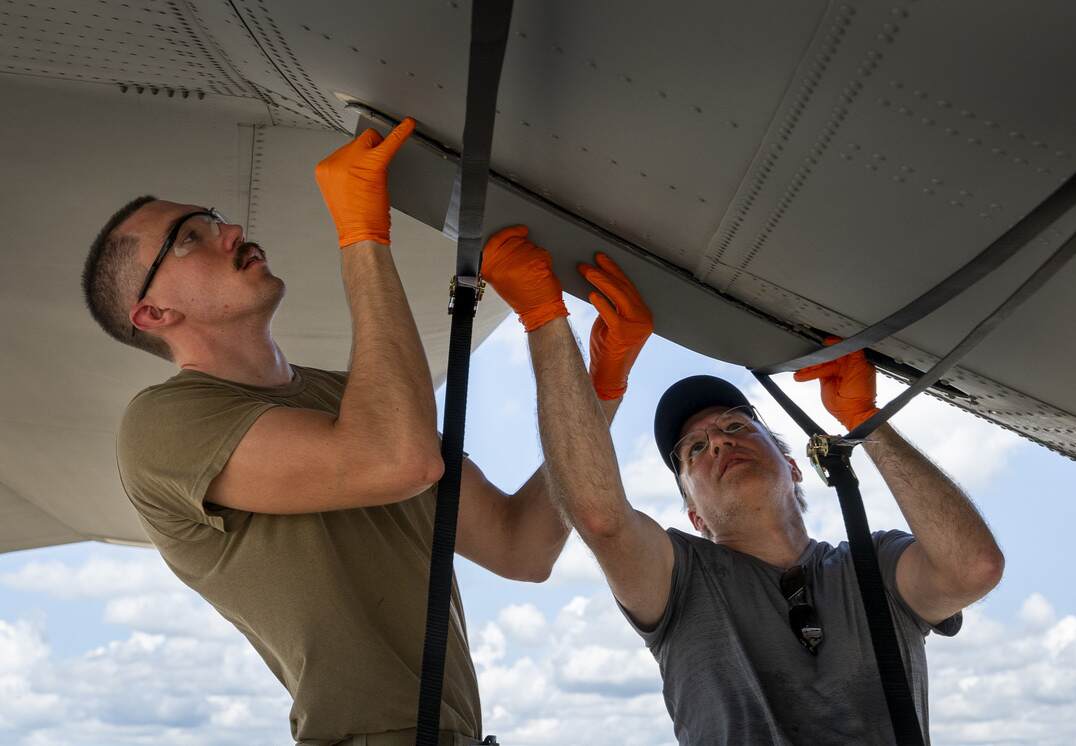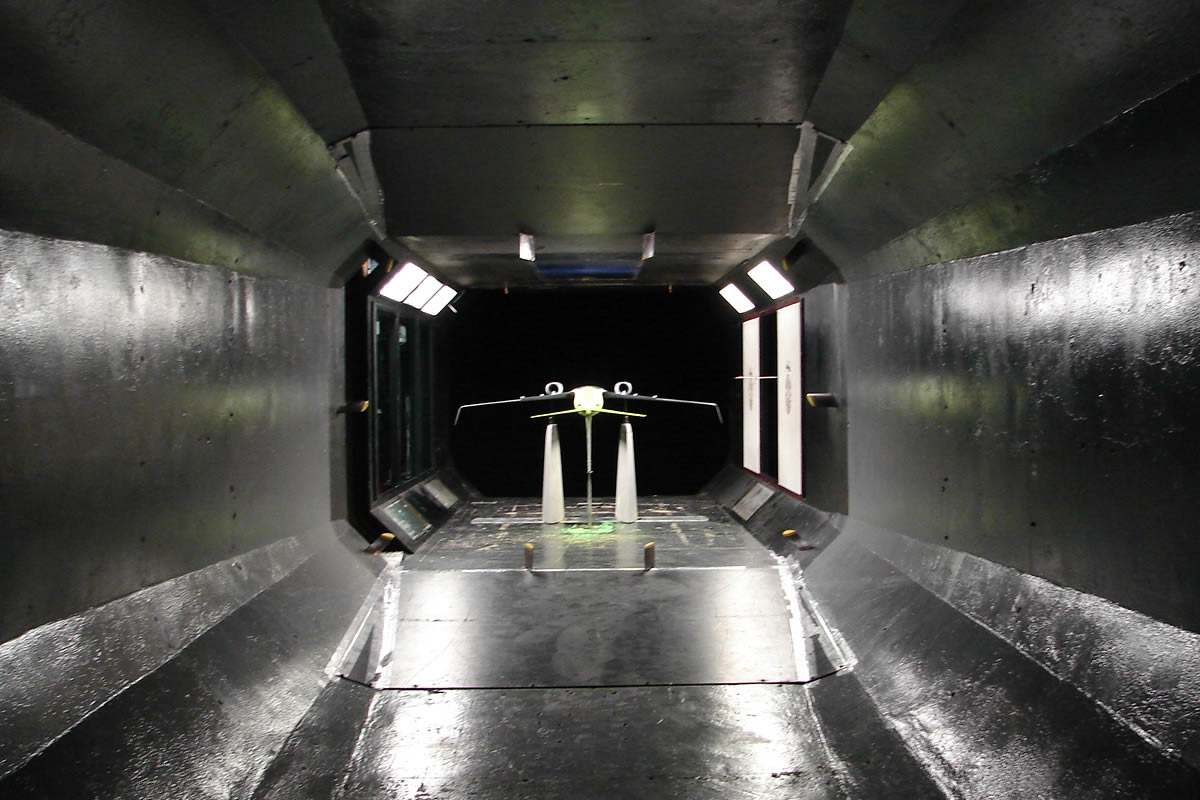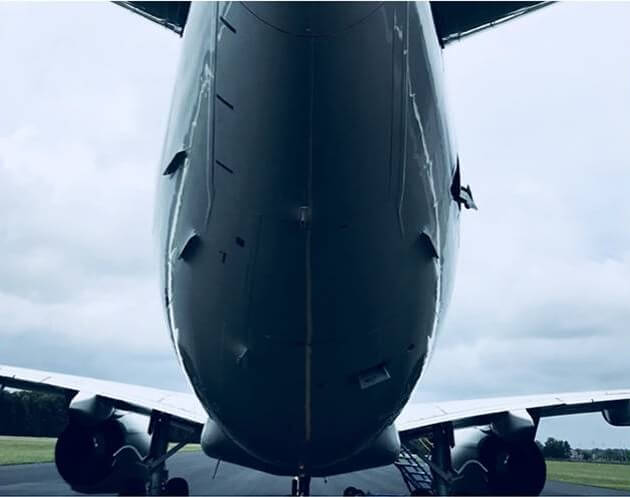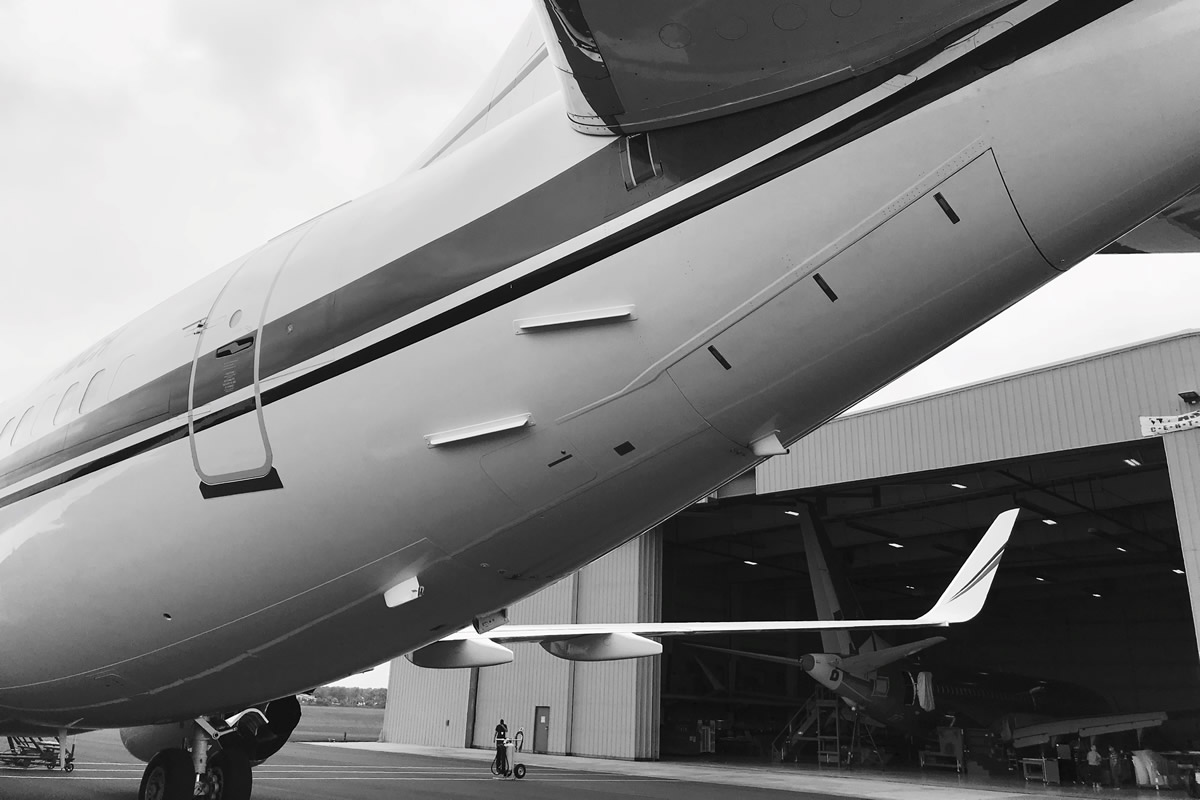Additional Benefits of Finlets
-
In many cases, increased payload
-
Increased time on station (important for military aircraft)
-
Reduced Carbon Emissions - Example: 750,000 lbs. per year for a single Boeing 737 aircraft
-
The drag reduction is in addition to other devices, such as winglets, if they are also installed on the aircraft
-
The modification is light weight and has minimum impact to an aircraft's structure and can be accomplished in four elapsed hours and sixteen man hours by line maintenance
-
VCT Finlets are a totally passive system with no impact to aircraft systems or maintenance costs other than routine visual inspections.
Finlet Development
Using the Company's proprietary software in conjunction with Computational Fluid Dynamics (CFD) software, VCT is able to analyze each aircraft and individually adapt the VC Finlet configuration for maximum performance.
VCT has created Vortex Control Finlets (VC Finlets) which are fins added to the aft fuselage of an aircraft to control vortex flow and reduce drag.
The Science of VC Finlets
Vortex Control Finlets use controlled vortex flow to reduce aircraft aerodynamic drag which translates into a reduction in aircraft fuel consumption. Normally the airflow around the aft body of an aircraft becomes separated which causes drag, reduces performance and increases fuel consumption. VC Finlets shape the aerodynamic flow on the aft body of an aircraft to re-attach the flow and reduce aerodynamic drag.
Vortex Control Finlets have produced drag reductions in a range of up to 10% depending upon aircraft type. For aircraft with low wings, oval fuselages but appreciable after-body upsweep angles, Vortex Control Finlets can produce drag reductions in the range up to 4% depending upon aircraft type.



Finlet Technology Applicable Aircraft
Since entering service in April of 1968, the Boeing 737 has become one of the most ubiquitous airliners to serve the traveling public, globally.
Estimated Fuel Savings using VCT Finlets on the worldwide Boeing 737 fleet
-
Worldwide Fleet
7,000
-
Flight Hours Per Year (Utilization)
3,650
-
Gallons Saved Per Year
306M
-
Fuel Savings Per Aircraft Annually (Est. At $2.85 Per Gallon) With a 1.4% Savings Per Aircraft
$125,000
-
Reduction In Carbon Emission
6.49bn Pounds
-
Worldwide Fleet Savings Per Year
$614M
The Lockheed C-130 Hercules is a four-engine turboprop military transport aircraft capable of using unimproved runways for takeoffs and landings. The C-130 was originally designed as a troop, medical evacuation and cargo transport aircraft. Over 40 models and variants of the Hercules serve with more than 60 nations.
The C-130 entered service in the 1950's. During its years of service the Hercules family has participated in countless military, civilian and humanitarian aid operations. The C-130 has the longest continuous production run of any military aircraft in history with over 2,000 aircraft delivered. The C-130 is also the only military aircraft to remain in continuous production for 50 years with its original customer, as the updated C-130J Super Hercules.
Performance Advantages:
With Finlets installed, the C-130 realizes significant drag reduction, resulting in fuel savings of 6%, reduction of carbon emissions of up to 5%, extended range by 200 nautical miles and increased endurance of 45 minutes. Further, with Finlets installed, the C130 payload increases by 3,000 pounds.
The Boeing C-17 Globemaster III is a large military transport aircraft developed for the United States Air Force (USAF). The C-17 is used for rapid strategic airlift of troops and cargo to main operating bases or forward operating bases throughout the world. It can also perform tactical airlift, medical evacuation and airdrop missions.
Performance Advantages:
With Finlets installed, the C-17 realizes significant drag reduction, resulting in fuel savings of 1.4%.
VCT develops sustainable aviation solutions to achieve carbon neutrality for today's commercial & military aircraft

